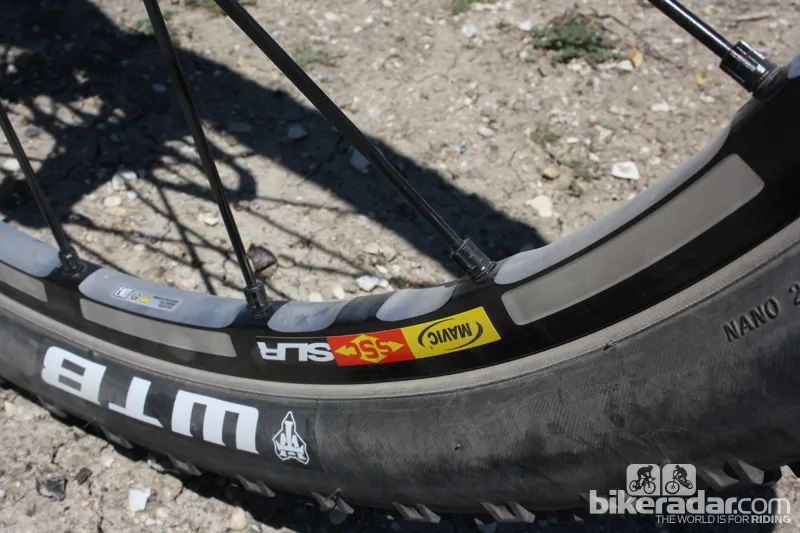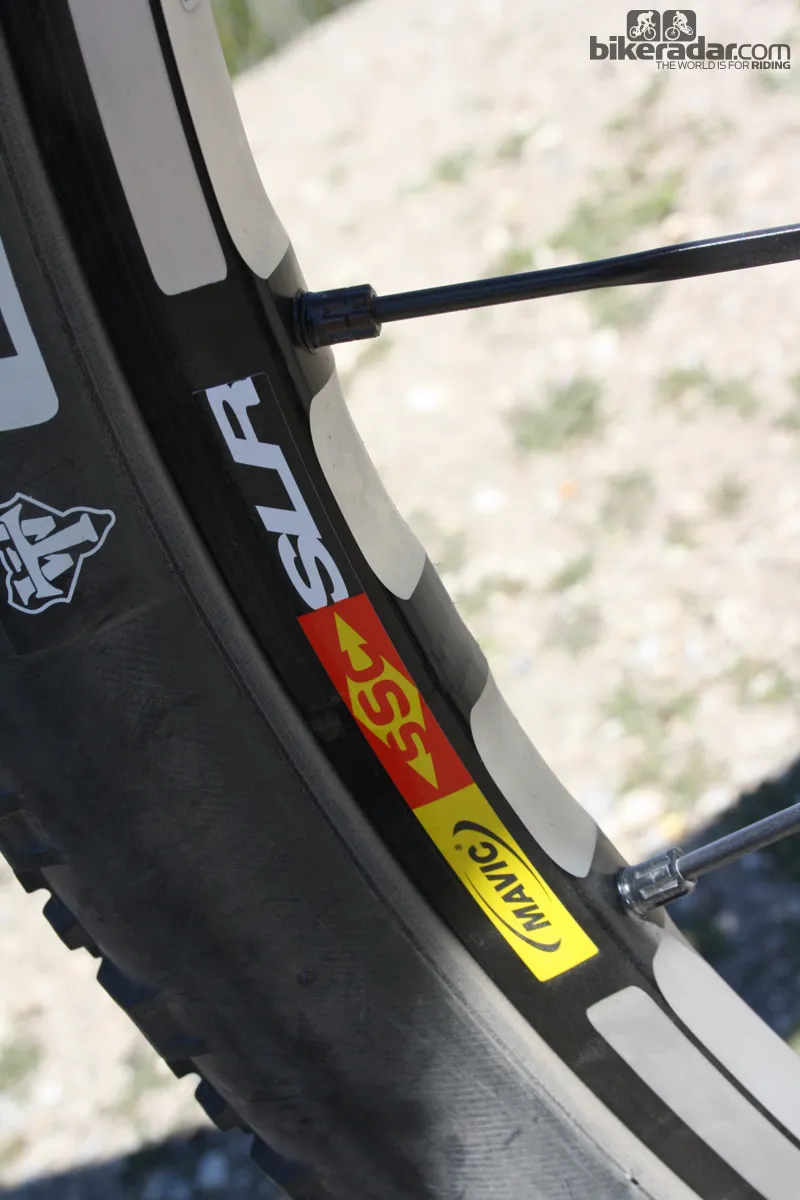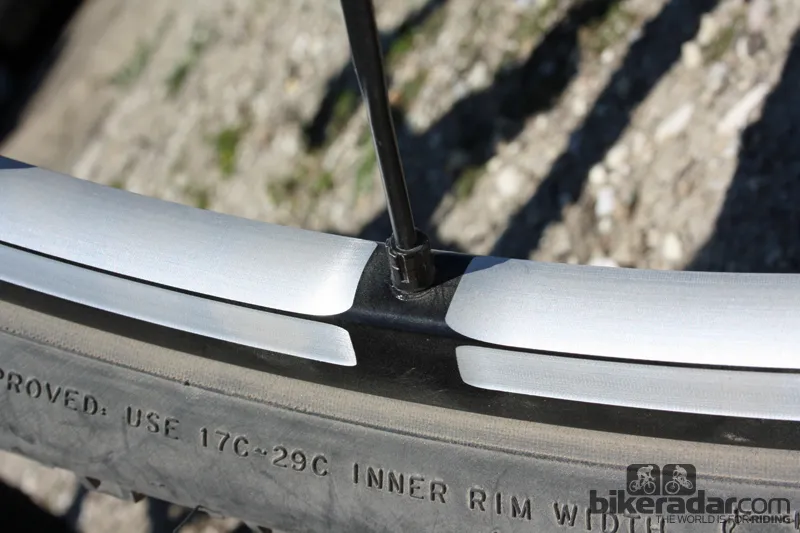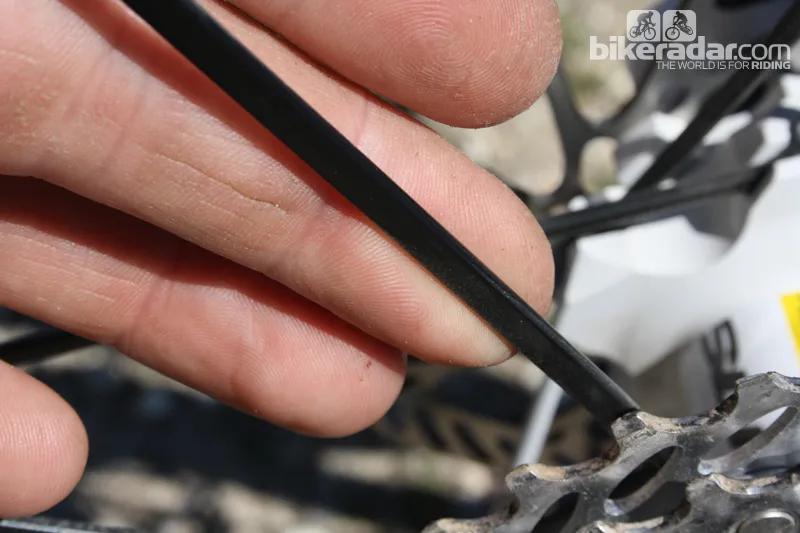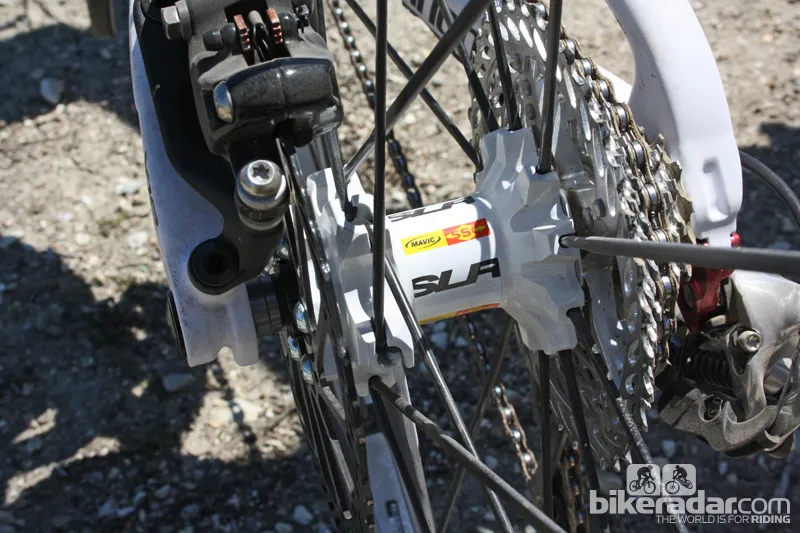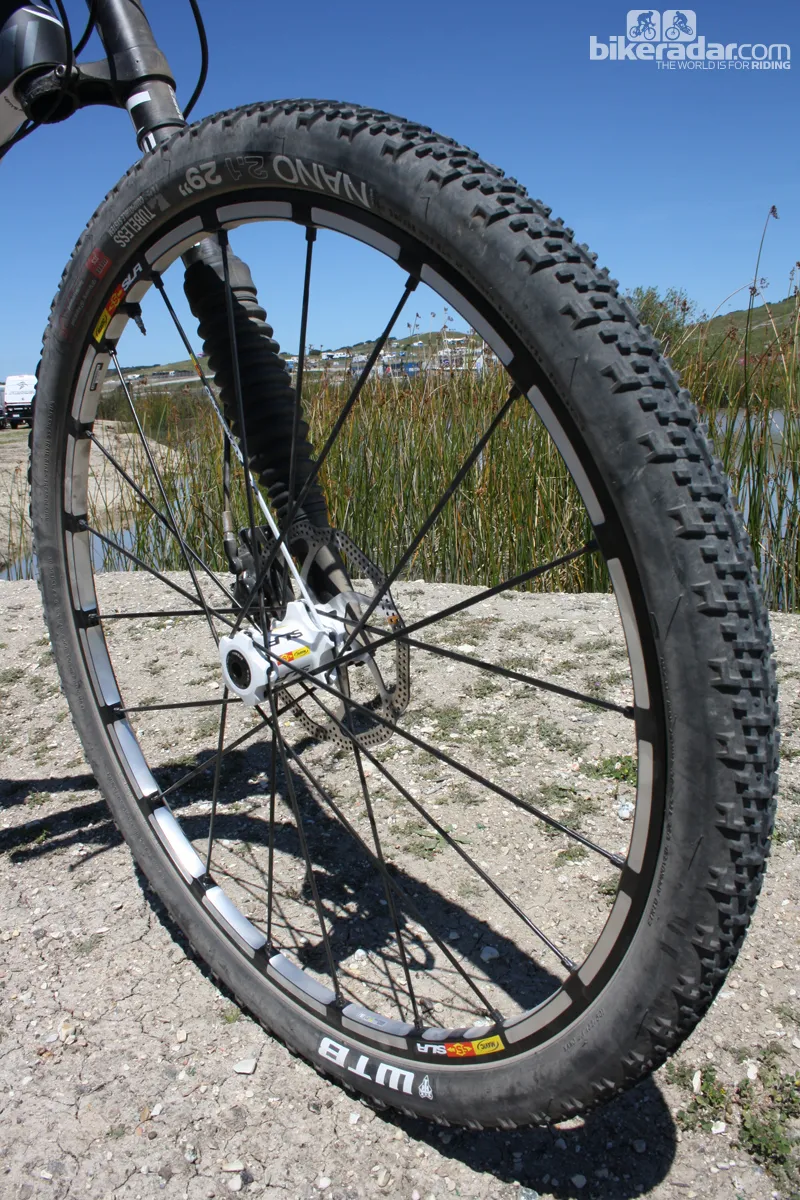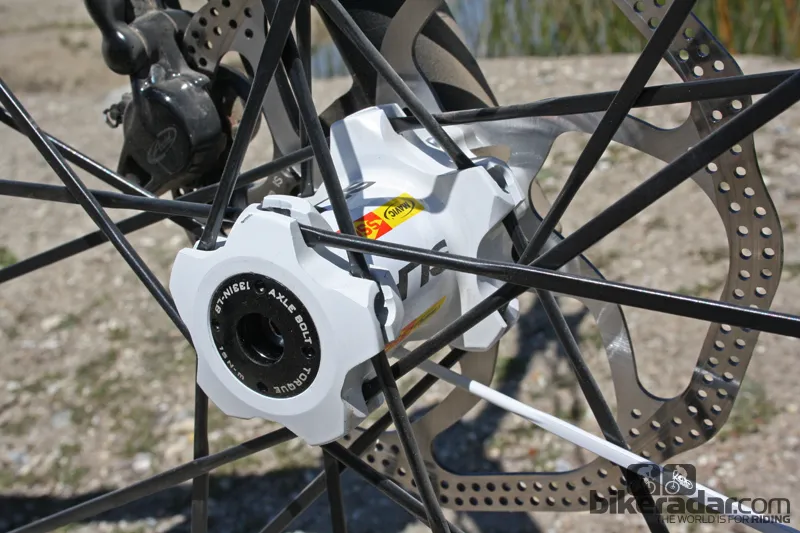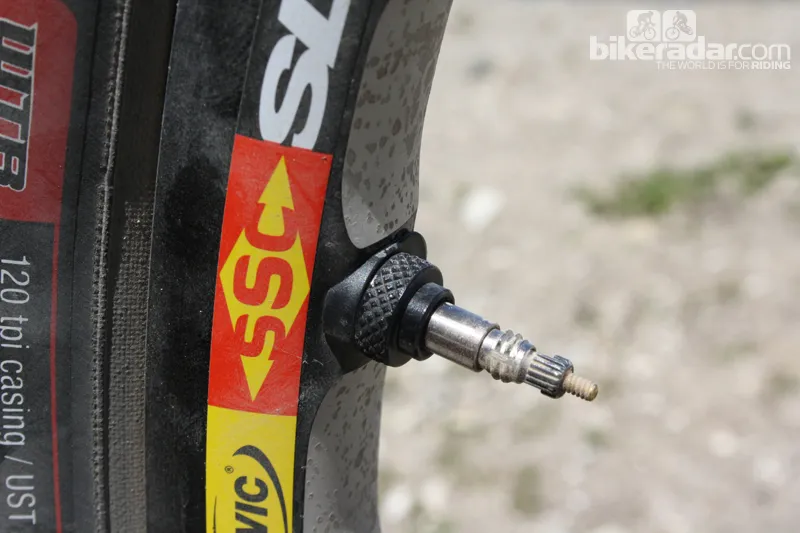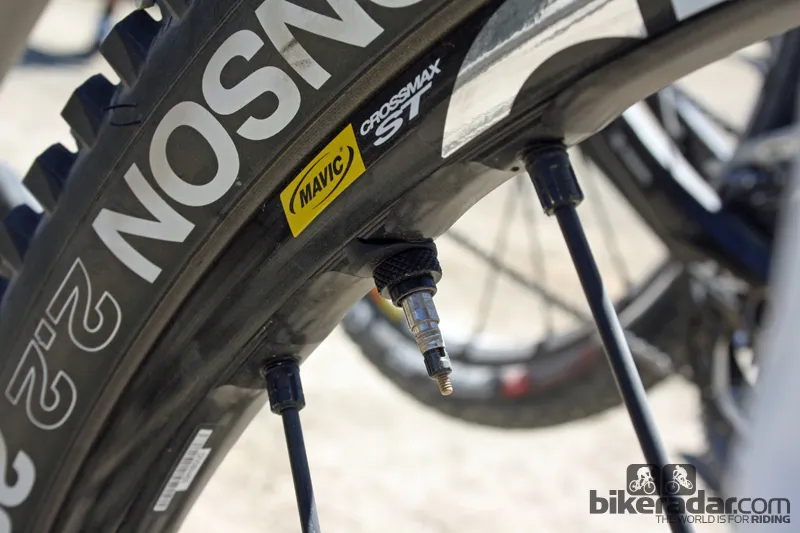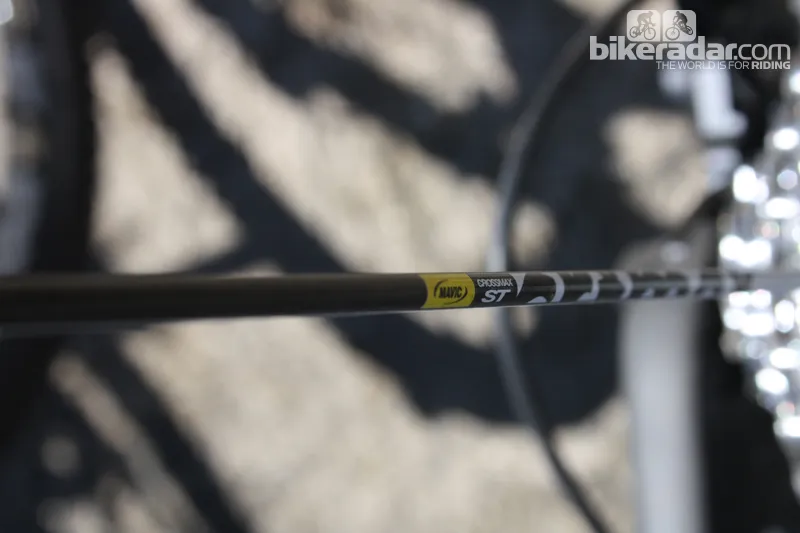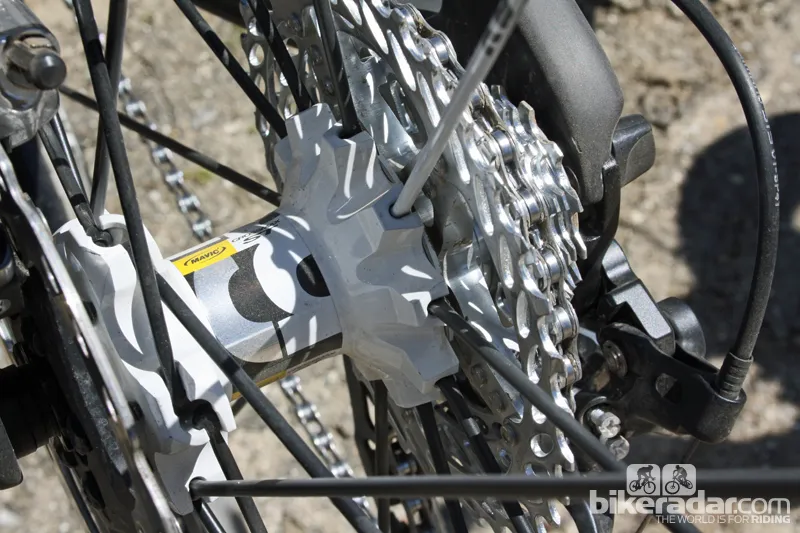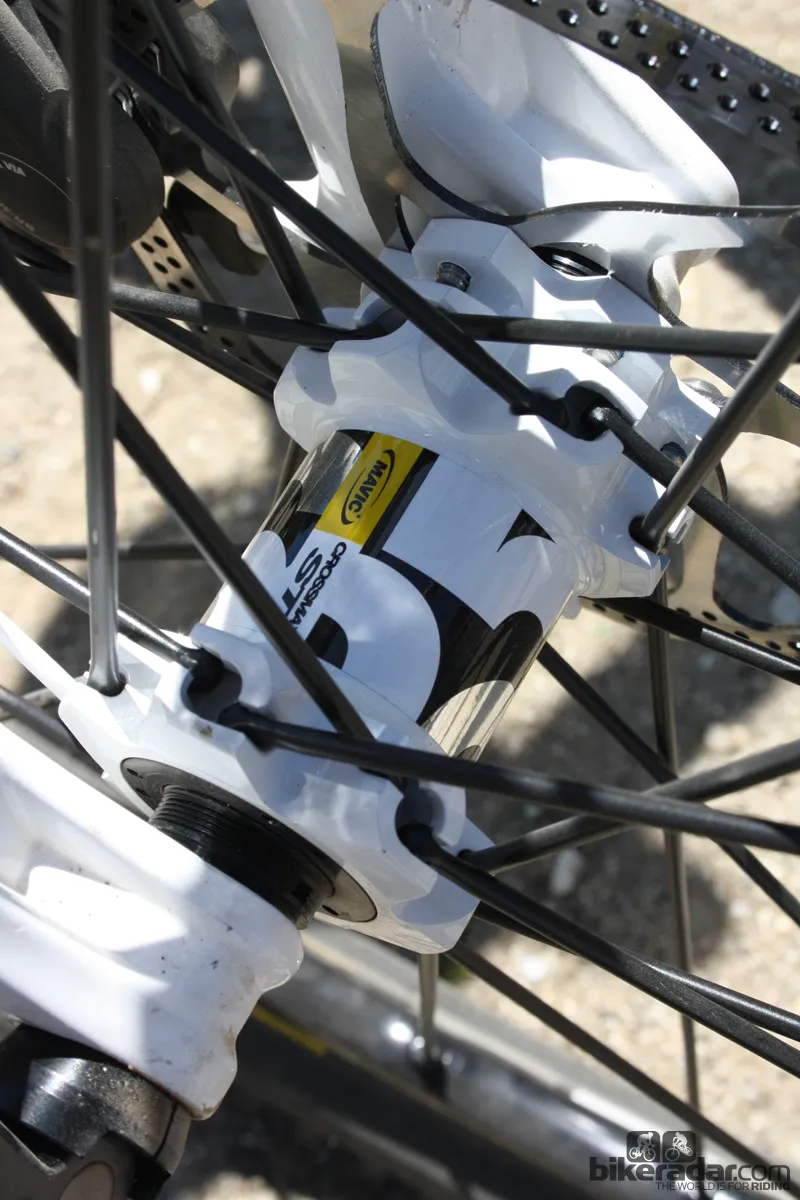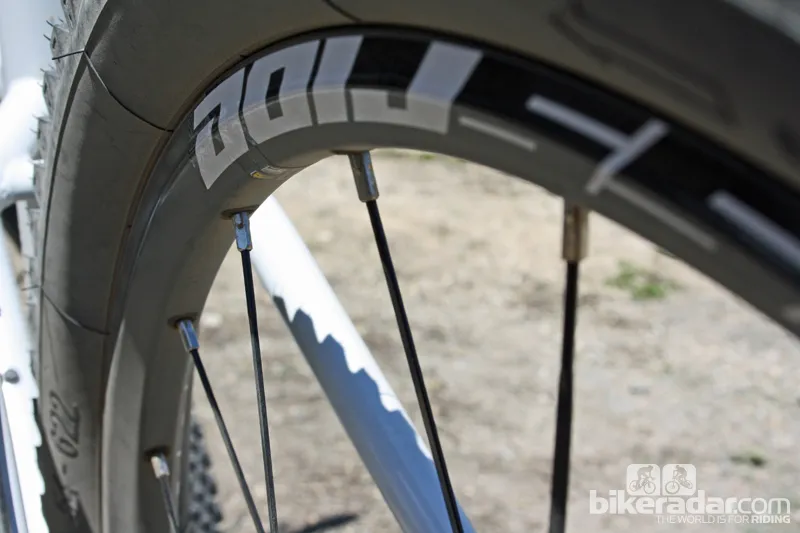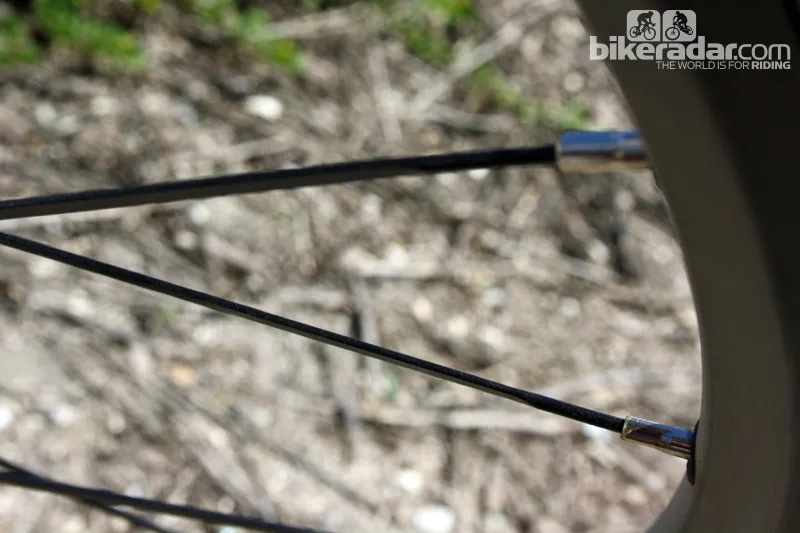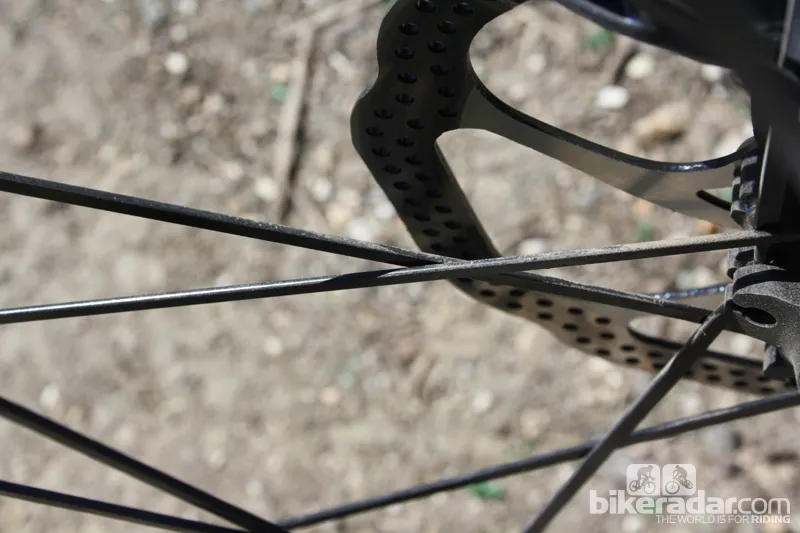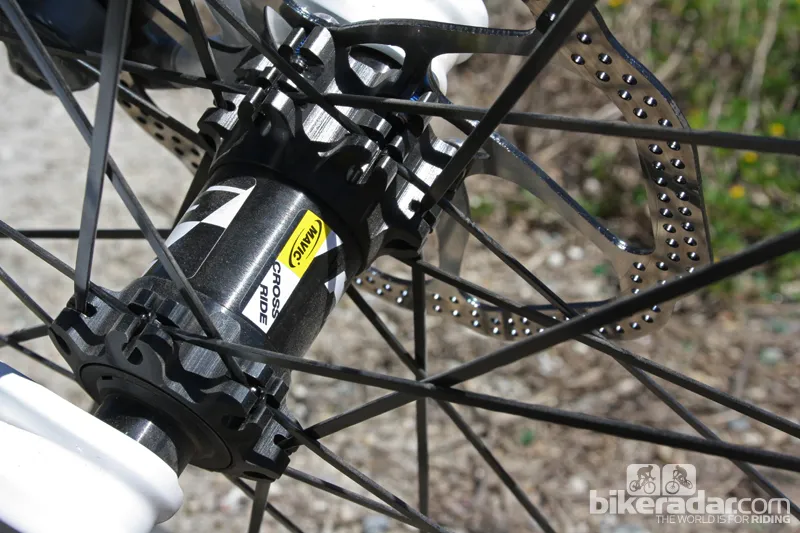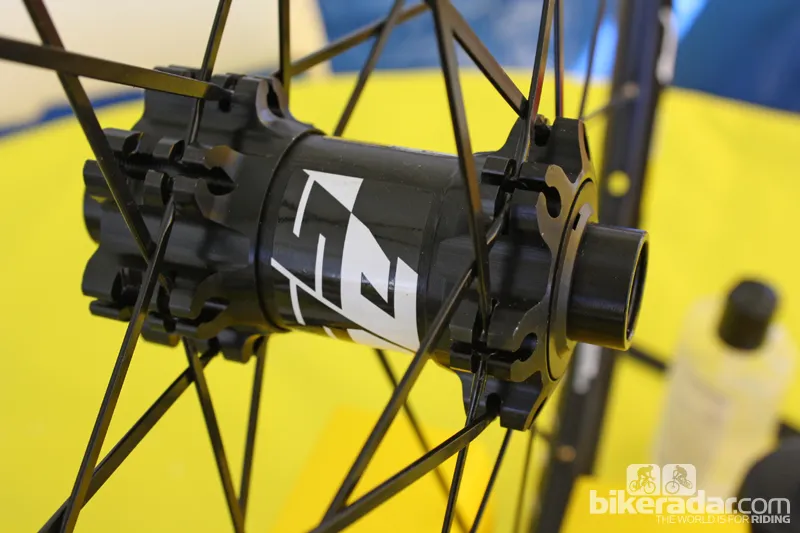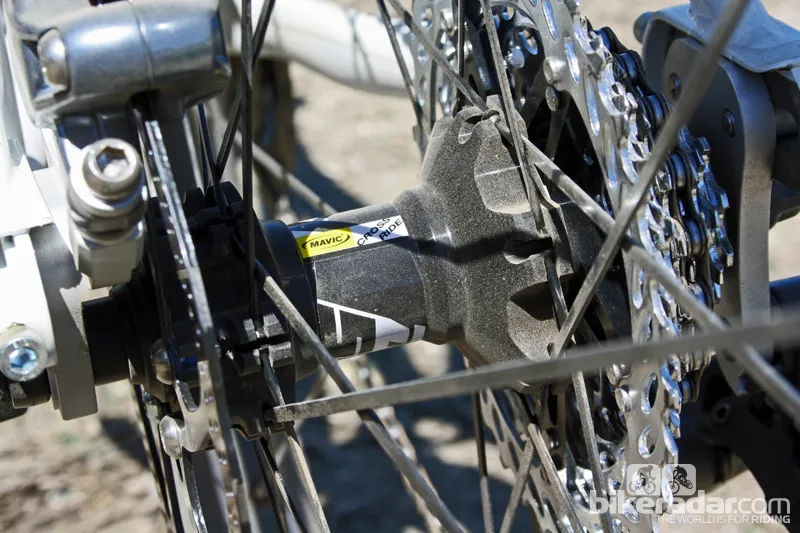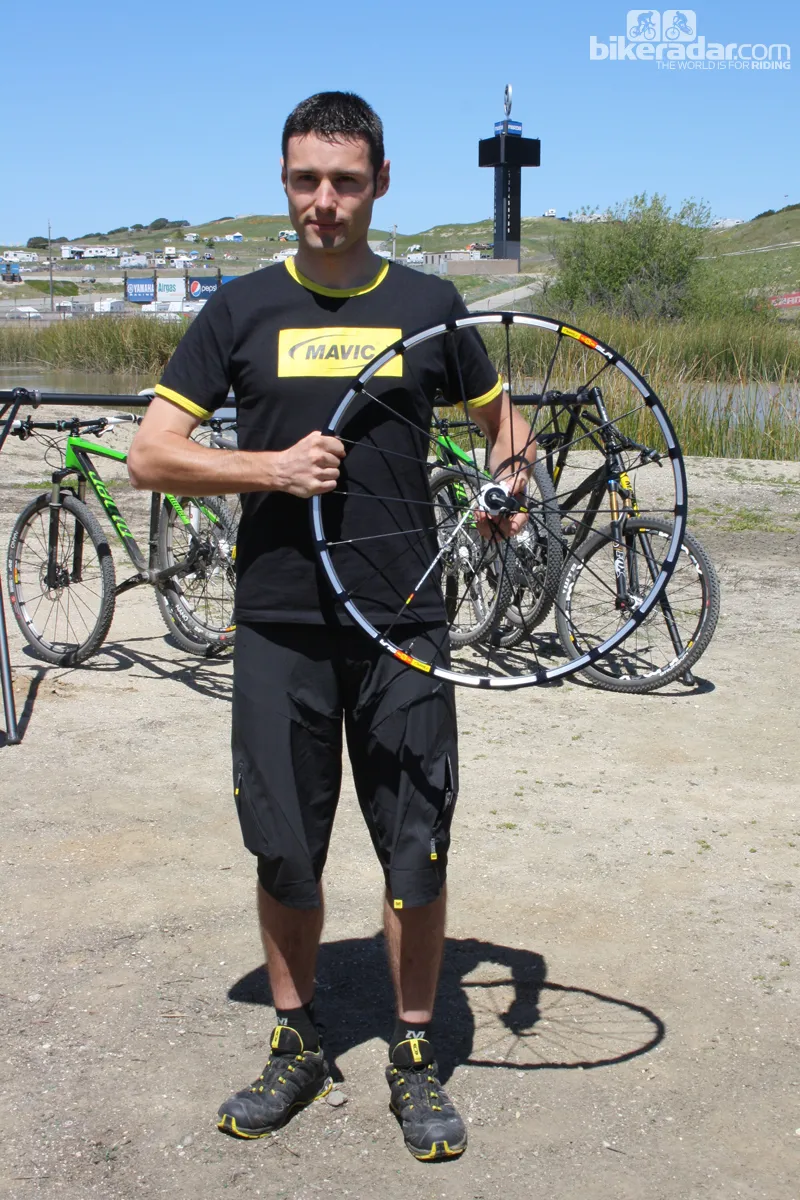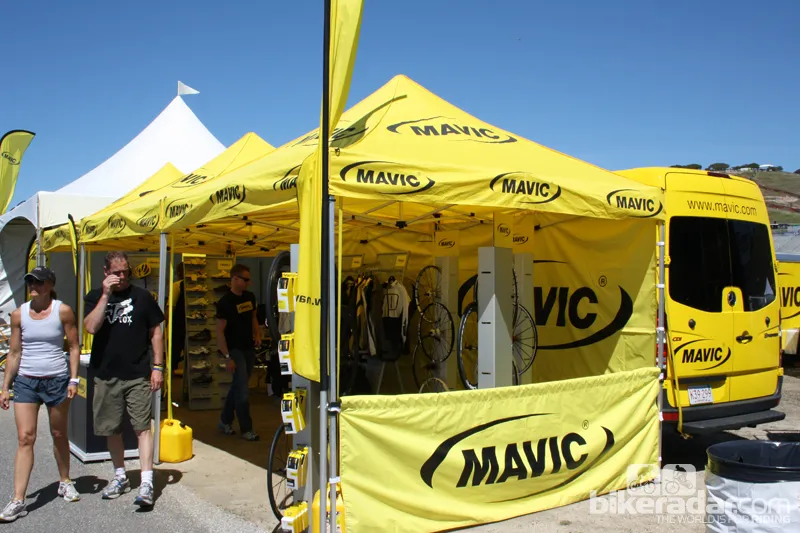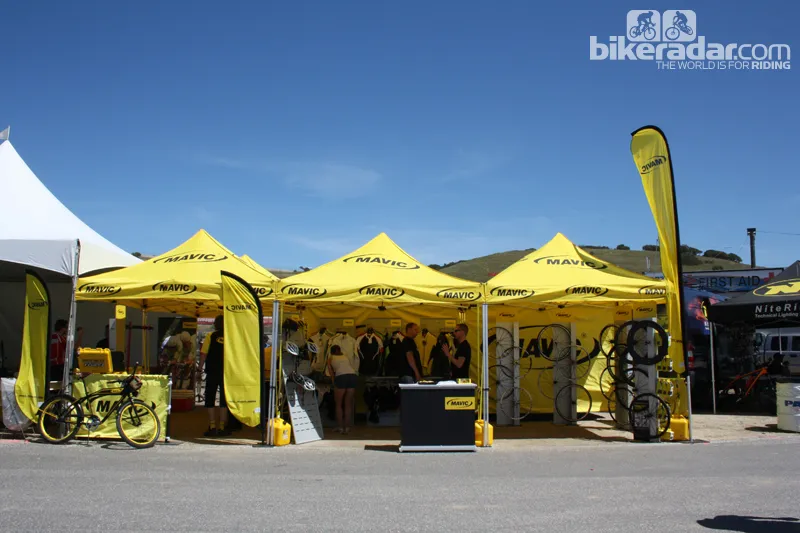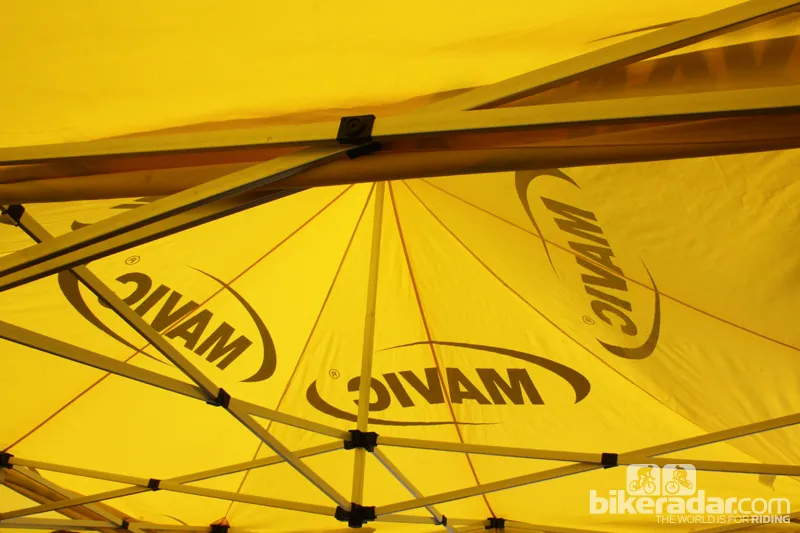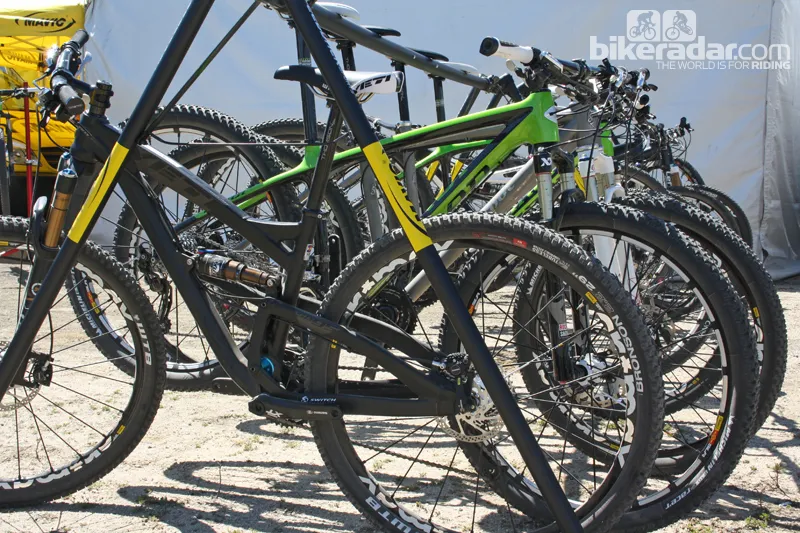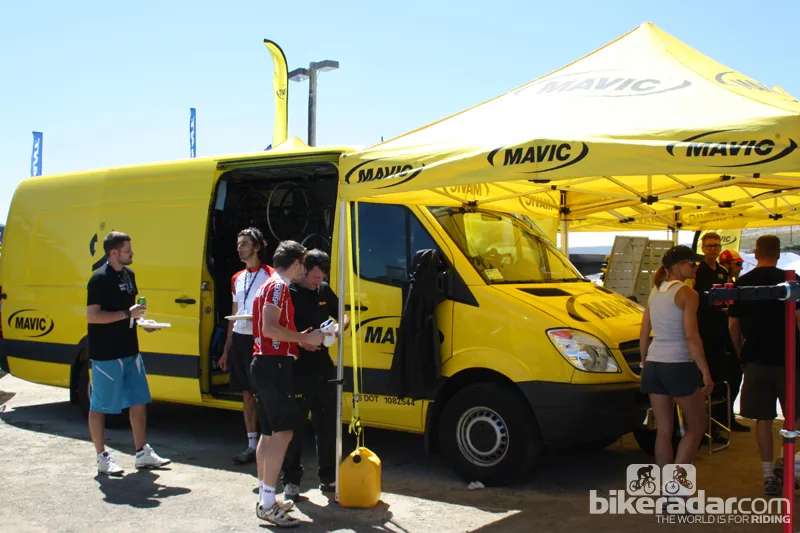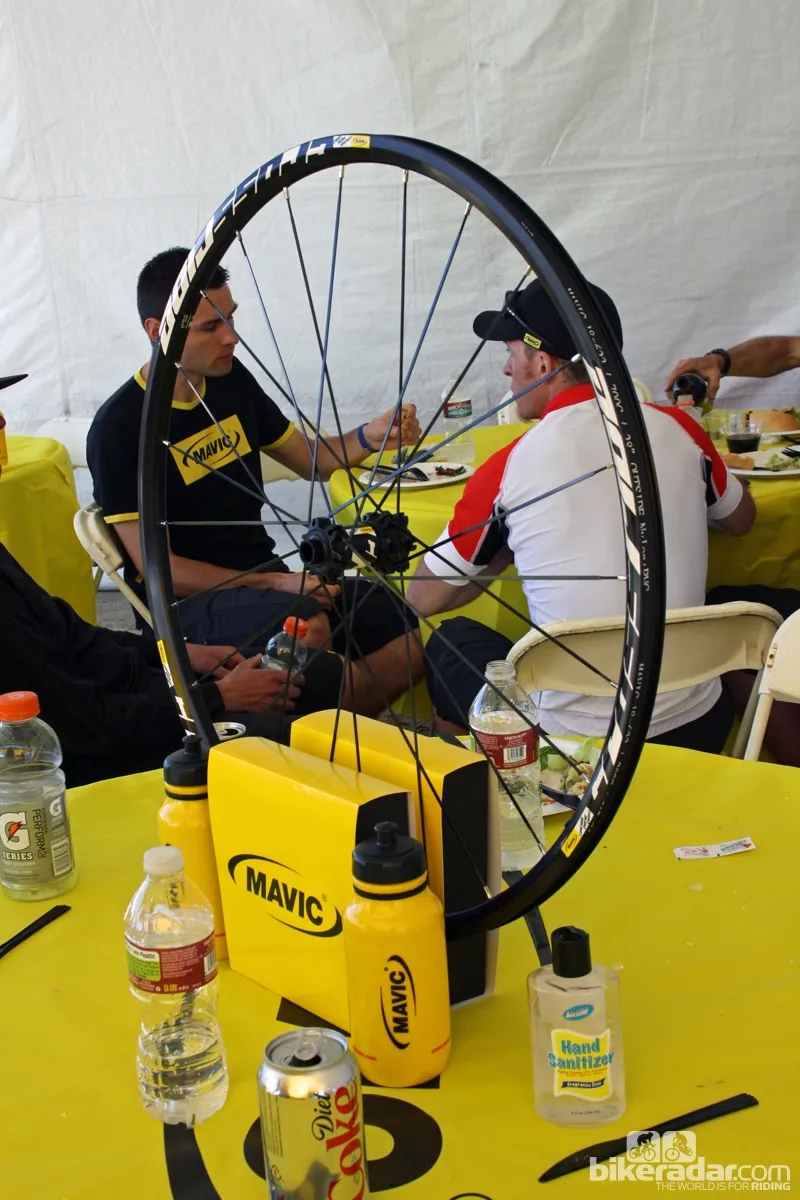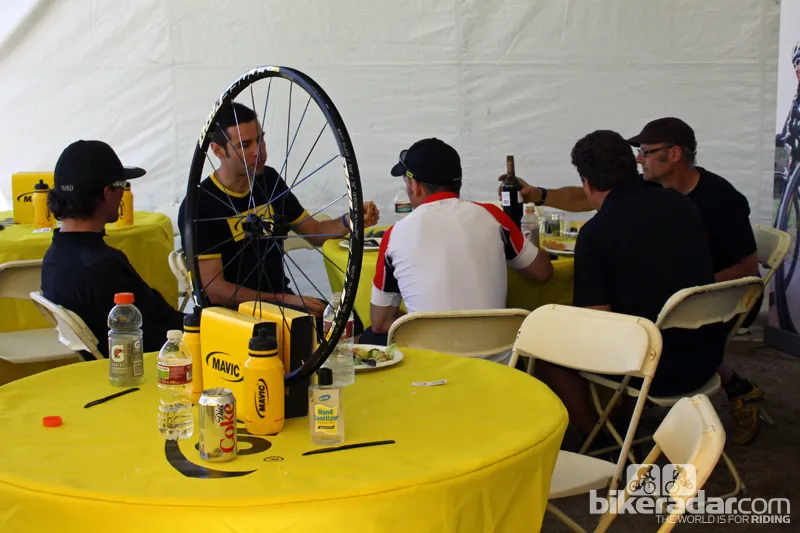After nearly two seasons with only one, albeit quite useful, 29er wheel in their extensive off-road line-up, Mavic have launched a full range of the increasingly popular ‘big-wheel’ 29er hoops for 2013.
The French company were due to launch these wheels last season, but delayed because, in their own disarmingly honest words, they just weren’t good enough. By good enough read strong enough, stiff enough or light enough. So with 365 days of extra drawing board work and thousand of kilometres of testing under their Gallic belts they’ve today released not one, not two but three new wheelsets – the Crossride 29, Crossmax ST 29 and the top-of-the-line Crossmax SLR 29 for those with a penchant for maximum everything.
At the bread and butter end of the market, the Crossride 29 is probably going to be many riders' first taste of the new larger wheels. At 2,020g you’ll be getting a substantial mouthful rather than a taste, but it must be said that the extra couple of hundred grams made surprisingly little difference to the way they rode on the silky smooth sandy singletrack trails which twist through the hills surrounding the Laguna Seca race circuit in Monterey, California.
Mavic have refined their rim extrusion to help reduce the acceleration inertia required, though we think the tight build was just as much to credit for their sporty feel. The Crossrides have the ITS-2 freehub with twin rather than the four pawls of the other two wheelsets, though with only two pawls engaging on the ITS-4 at any one time the rider doesn’t feel much, if any difference once riding. The flat, bladed-profile spokes lie neatly across each other and locate into hub flange slots. Add a beefed up rear axle and the you’ve got a solid, trustworthy wheelset that’ll looks like it’ll take a good old fashioned beating without complaint. As with the Crossmax ST, delivery to UK shops is slated for the autumn, with pricing still to be confirmed.
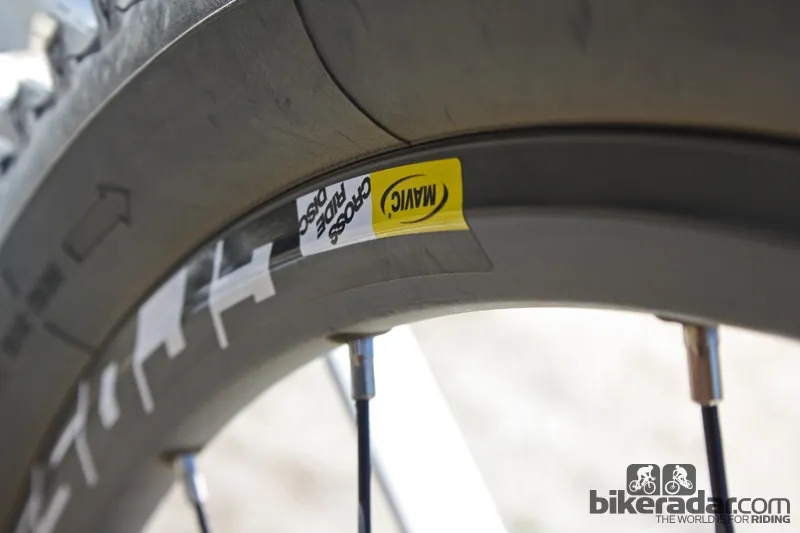
The Crossride 29 is Mavic's entry-level 29er wheelset, priced at $299
The Crossmax ST 29 is the set that'll appeal to most riders – it's “for the real MTB”, to quote Mavic's marketing Franglaise. All-up weight of 1,729g is within a gnat’s whatsit of the top-end SLR 29 (a 40g penalty if the claimed weights prove true). Mavic have worked hard on the Crossmax ST rim, trying to gain stiffness and lose weight. Their proprietary ISM milling technique – where material is shaved away from the sections between the spokes – is evident, if not as full-on as the ISM 3D found on the top-end SLR wheels.
Asked where the SX version was, Mavic replied: “The riders preferred to use the lighter ST because they felt it was as stiff strong and reliable as the SX, so we haven’t made one." Clear and honest. All the front wheels are available with standard 9mm quick-release or 15mm through-axle hubs (the same hub does both with push-in QR plugs). The rear wheels will do 135x9mm or 142x12mm according to the needs of your frame.

The $825 Crossmax ST wheelset gets upgraded rims with ISM milling, plus round Zicral spokes
The top dog
The Crossmax SLR 29 is where the racers, deep-of-pocket and pursuers of performance will be heading. At 1,620g for the pair they're getting close to being the lightest full-alloy 29er wheels on the market. Real weight weenies might want to seek out even lighter wheels but for Mavic there are boundaries across which they don’t want to stray, in terms of stiffess, strength and reliability. “Right now this is where we feel the sweet spot is," we were told. "The right amount of everything – just ride them and you’ll see that we’re right."
It's true, the wheels do feel really nice. They're quite firm, and more direct in their steering than Mavic's C29s – the 2011 29er wheels that weres the company's sole big-wheel offerings until now. Again, a lot of this is down to the impressive tension that Mavic are able to build into their wheels. The Crossmax SLR 29s get off the line with decent speed, too. Mavic have used the ISM technique to remove material from the side of the rim between the spokes and on the inner surface between the spokes. Small gains they may be, but with wheels little gains can have big consequences.
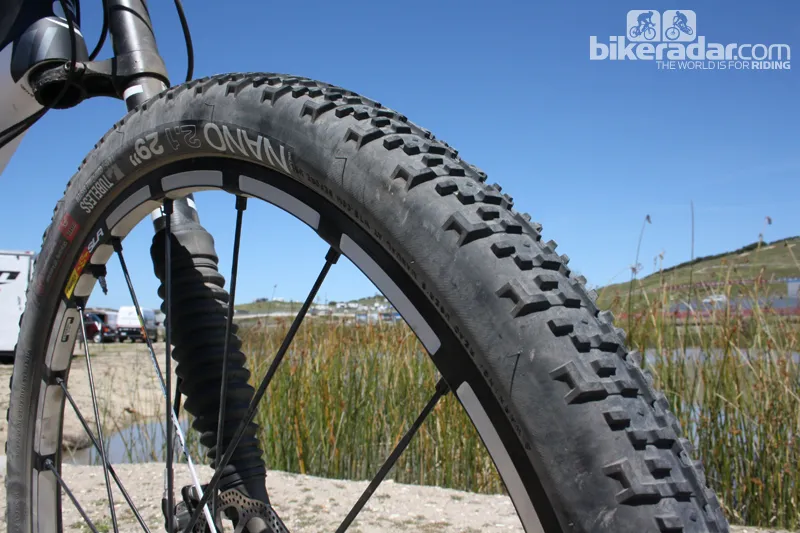
The ISM 3D milling is evident between the spokes and effective on Mavic's US$999 Crossmax SLR 29 wheelset
The chunky alloy spokes pull on proprietary Fore nipples – the lower bed of the rim is punched but not pierced in the construction process to create the threaded holes into which these oversized alloy nipples thread. Mavic claim to have tweaked the angle at which the spokes leave the rim too, but it’s not obvious – even to anoraks like us.
Another feature which is there for your riding pleasure but you can’t see or feel is the new finish which Mavic apply to the drive side spokes on the rear wheel. A kind of bead blasting, it's Mavic's answer to reducing spoke breakage. The process allegedly dramatically reduces the chances of this happening. Why not apply it to all the spokes? In a word, cost. So it only goes on the spokes which need it most.
So far, our limited test riding on these wheels suggests Mavic have caught up with the likes of Fulcrum who already have a broad range of 29er wheelsets. We’re looking forward to bringing these hoops home to the UK to carry out more real-world testing on bikes we know with tyres that are known quantities.
What we didn’t see in Monterey
We half expected some carbon wheels from Mavic at their 2013 launch and something in the increasingly popular 650B size but we saw neither. Carbon is a reality, at least in the Mavic R+D department, because we’ve seen them being raced at early season World Cups. 650B, on the other hand, gets shrugs all round from the engineers. They know it’s a project they must pursue; maybe now the 29er monkey is off their back, they might begin to play with the middle size concept more seriously.

